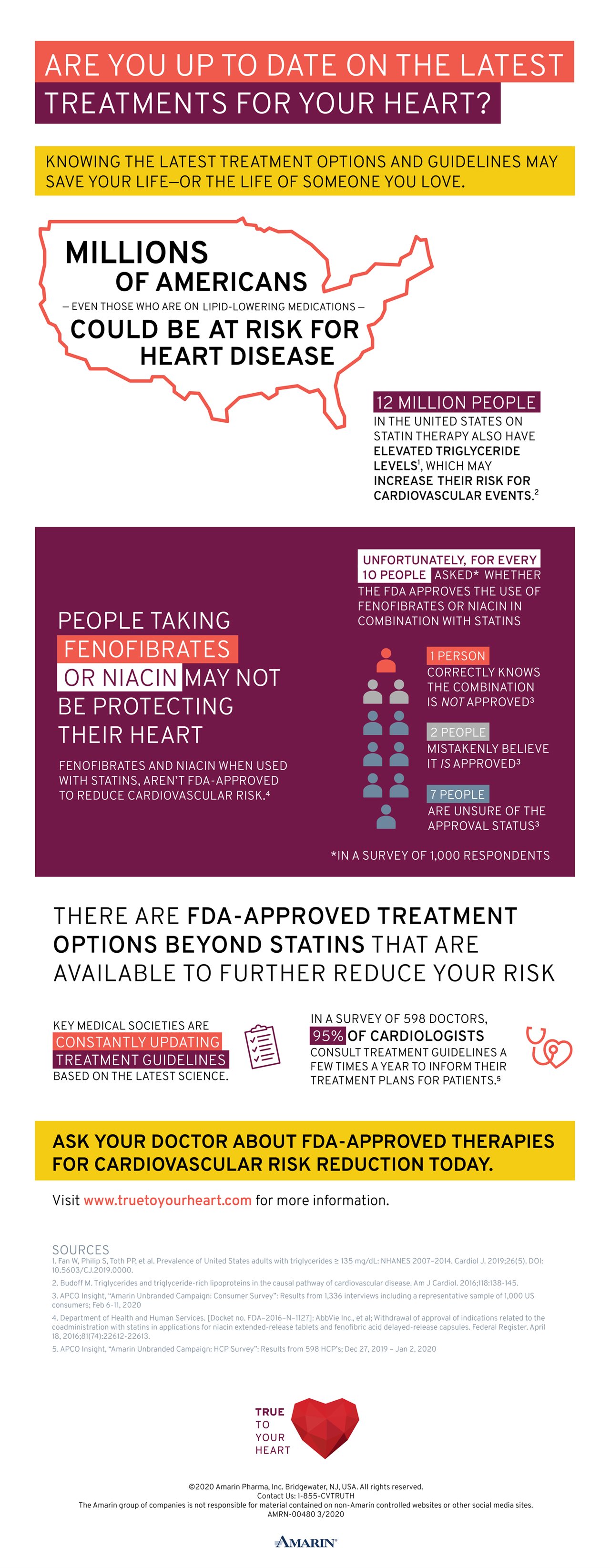2020-03-26T16:55:00
(BPT) – While spending more time at home, it’s important that you take the necessary steps to make sure your family is ready for the unexpected in the event a home fire or carbon monoxide (CO) leak occurs. You might be surprised to learn that CO poisoning is the number one cause of accidental poisoning in the United States each year and, according to the National Fire Protection Association (NFPA), three out of five fire deaths occur in homes without working smoke alarms. Make sure your family and home are prepared by following these tips and tools.
Every level, every bedroom.
Even if you have smoke and CO alarms in your home, you and your family may not be sufficiently protected if you don’t have enough devices throughout your entire home. To help ensure the highest level of protection, the NFPA recommends installing alarms on every level of the home, inside every bedroom and outside each sleeping area.
Test, maintain and replace.
Even though testing your alarms is as simple as pressing a button and waiting for the beep, a First Alert survey showed that more than 60% of consumers do not test their smoke and CO alarms monthly. Test alarms regularly, change the batteries every six months if battery-powered and be sure all alarms have a battery backup if hardwired, for protection during a power outage. To eliminate battery replacements for a decade, upgrade to 10-year sealed battery alarms to make battery replacements a thing of the past. Also, if you can’t remember the last time you installed an alarm, chances are, it’s time to replace it. Alarms are on duty 24/7 and need to be replaced at least every 10 years.
Double-up on safety.
While many homeowners know the importance of protecting their home from the threats of smoke and fire, studies show that fewer households are equipped with CO alarms. CO is responsible for an average of 450 deaths each year. CO is an invisible, odorless gas that is impossible to detect without an alarm. For ultimate home safety, install combination alarms for 2-in-1 protection, such as the First Alert Combination Smoke and CO Alarm with a 10-year sealed battery for long-lasting protection.
Be prepared to fight small flames.
According to the NFPA, the number one cause of home fires is unattended cooking. Cooking fires are expected to increase significantly with incremental cooking occurring at homes across the country right now, so it is important for you to stay alert and be watchful in the kitchen. Beyond alarms, having fire extinguishers — and knowing how to use them — is an integral part of a home safety plan. Place a fire extinguisher in the kitchen and keep it within reach so it is easily accessible in the event of a fire. First Alert manufactures a model, the First Alert Kitchen Fire Extinguisher, which is rated to fight flammable liquid and electrical fires and features a durable metal head.
Form an escape plan.
In the event that your family needs to evacuate your home, every second counts — and yet the NFPA reports that only 32% of American households have actually developed and practiced an emergency escape plan. Involve everyone in your household when developing an emergency escape plan. Identify two exits out of each room, including windows and doors, and set a dedicated meeting spot outside. Once outside, stay outside and call 911. Be sure to practice your escape plan with the entire family at least twice a year.
To learn more about how to keep your family and home safe, visit www.FirstAlert.com/BeReady.










